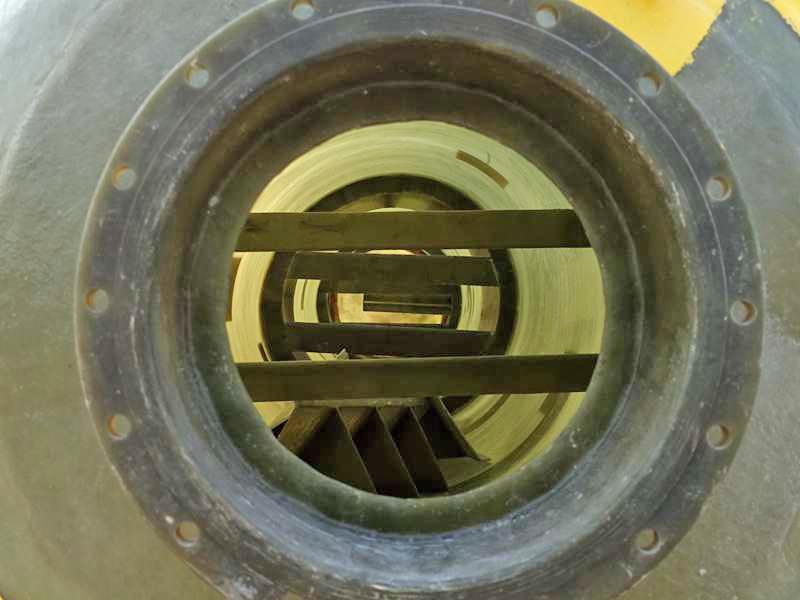
-
 Afrikaans
Afrikaans -
 Albanian
Albanian -
 Amharic
Amharic -
 Arabic
Arabic -
 Armenian
Armenian -
 Azerbaijani
Azerbaijani -
 Basque
Basque -
 Belarusian
Belarusian -
 Bengali
Bengali -
 Bosnian
Bosnian -
 Bulgarian
Bulgarian -
 Catalan
Catalan -
 Cebuano
Cebuano -
 China
China -
 China (Taiwan)
China (Taiwan) -
 Corsican
Corsican -
 Croatian
Croatian -
 Czech
Czech -
 Danish
Danish -
 Dutch
Dutch -
 English
English -
 Esperanto
Esperanto -
 Estonian
Estonian -
 Finnish
Finnish -
 French
French -
 Frisian
Frisian -
 Galician
Galician -
 Georgian
Georgian -
 German
German -
 Greek
Greek -
 Gujarati
Gujarati -
 Haitian Creole
Haitian Creole -
 hausa
hausa -
 hawaiian
hawaiian -
 Hebrew
Hebrew -
 Hindi
Hindi -
 Miao
Miao -
 Hungarian
Hungarian -
 Icelandic
Icelandic -
 igbo
igbo -
 Indonesian
Indonesian -
 irish
irish -
 Italian
Italian -
 Japanese
Japanese -
 Javanese
Javanese -
 Kannada
Kannada -
 kazakh
kazakh -
 Khmer
Khmer -
 Rwandese
Rwandese -
 Korean
Korean -
 Kurdish
Kurdish -
 Kyrgyz
Kyrgyz -
 Lao
Lao -
 Latin
Latin -
 Latvian
Latvian -
 Lithuanian
Lithuanian -
 Luxembourgish
Luxembourgish -
 Macedonian
Macedonian -
 Malgashi
Malgashi -
 Malay
Malay -
 Malayalam
Malayalam -
 Maltese
Maltese -
 Maori
Maori -
 Marathi
Marathi -
 Mongolian
Mongolian -
 Myanmar
Myanmar -
 Nepali
Nepali -
 Norwegian
Norwegian -
 Norwegian
Norwegian -
 Occitan
Occitan -
 Pashto
Pashto -
 Persian
Persian -
 Polish
Polish -
 Portuguese
Portuguese -
 Punjabi
Punjabi -
 Romanian
Romanian -
 Russian
Russian -
 Samoan
Samoan -
 Scottish Gaelic
Scottish Gaelic -
 Serbian
Serbian -
 Sesotho
Sesotho -
 Shona
Shona -
 Sindhi
Sindhi -
 Sinhala
Sinhala -
 Slovak
Slovak -
 Slovenian
Slovenian -
 Somali
Somali -
 Spanish
Spanish -
 Sundanese
Sundanese -
 Swahili
Swahili -
 Swedish
Swedish -
 Tagalog
Tagalog -
 Tajik
Tajik -
 Tamil
Tamil -
 Tatar
Tatar -
 Telugu
Telugu -
 Thai
Thai -
 Turkish
Turkish -
 Turkmen
Turkmen -
 Ukrainian
Ukrainian -
 Urdu
Urdu -
 Uighur
Uighur -
 Uzbek
Uzbek -
 Vietnamese
Vietnamese -
 Welsh
Welsh -
 Bantu
Bantu -
 Yiddish
Yiddish -
 Yoruba
Yoruba -
 Zulu
Zulu
Acid Storage Tanks
Understanding Acid Storage Tanks Importance and Best Practices
Acid storage tanks are critical components in various industrial processes, particularly in chemical manufacturing, wastewater treatment, and oil refining. These specialized containers are designed to safely store various types of acids, such as sulfuric, hydrochloric, and nitric acids, which are vital for numerous applications. Given the corrosive nature of these substances, the design, installation, and maintenance of acid storage tanks require meticulous planning and adherence to safety regulations.
One of the primary considerations in the design of an acid storage tank is the material used for its construction
. Common materials include fiberglass, polyethylene, and stainless steel, as they offer the necessary resistance to corrosion and are able to withstand the aggressive nature of the stored acids. Each material has its advantages and specific applications; for instance, fiberglass is lightweight and resistant to a variety of chemicals, while stainless steel provides strength and longer durability under extreme conditions.The installation of acid storage tanks must comply with stringent safety standards. Tanks should be located away from uncontrolled areas, such as busy pathways or densely populated zones, to minimize the risk associated with potential leaks or spills. Additionally, it is crucial to incorporate secondary containment systems, such as bunds or liners, which serve as a backup to contain any accidental release of acids, thereby protecting the environment and ensuring safety.
acid storage tank

Regular maintenance and inspection are paramount to ensure the integrity and safety of acid storage tanks. Operators should conduct routine checks for signs of corrosion, leaks, and structural integrity to prevent hazardous situations. Furthermore, employees should receive proper training to handle acids and respond to emergencies, which includes spill response procedures and the use of personal protective equipment (PPE).
Despite advancements in technology and materials, the risk associated with acid storage cannot be entirely eliminated. Thus, implementing a comprehensive risk management plan is essential. This involves assessing the potential hazards, designing appropriate containment measures, and establishing clear protocols for handling and storage.
In conclusion, acid storage tanks play a crucial role in many industrial operations where acids are utilized. Their proper design, installation, and maintenance are vital to prevent accidents and ensure the safety of personnel and the environment. By adhering to best practices and continually assessing risk, industries can mitigate hazards associated with acid storage and promote a culture of safety. As industrial processes continue to evolve, the importance of robust acid storage solutions will remain a fundamental concern for manufacturers and regulators alike.
Latest news
-
Exploring the Benefits of Top Hammer Drifter Rods for Enhanced Drilling PerformanceNewsJun.10,2025
-
High-Precision Fiberglass Winding Machine for GRP/FRP Pipe Production – Reliable & Efficient SolutionsNewsJun.10,2025
-
FRP Pipes & Fittings for Shipbuilding - Corrosion-Resistant & LightweightNewsJun.09,2025
-
Premium FRP Flooring Solutions Durable & Slip-ResistantNewsJun.09,2025
-
Premium Fiberglass Rectangular Tanks Durable & Lightweight SolutionNewsJun.09,2025
-
Tapered Drill String Design Guide Durable Performance & UsesNewsJun.09,2025









